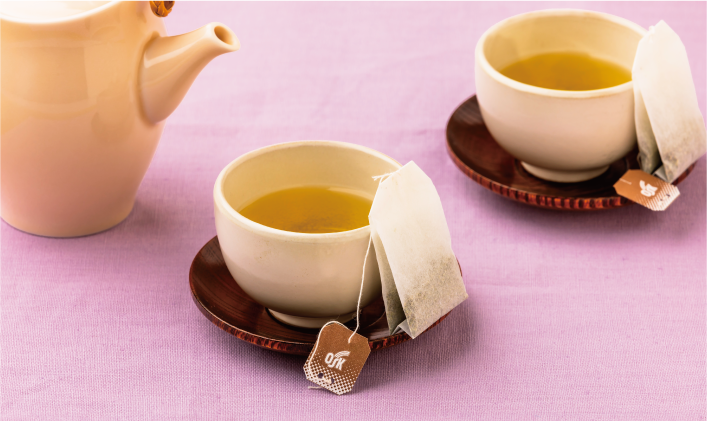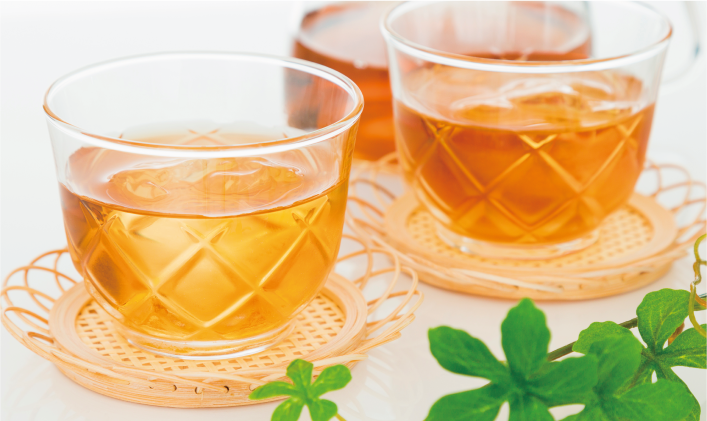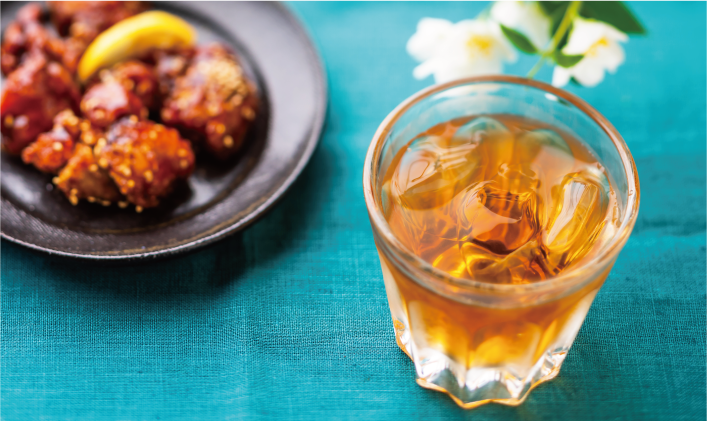
Our Products
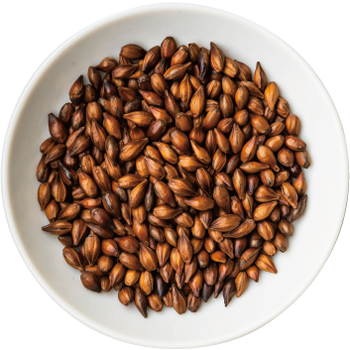
Barley tea
Barley tea (mugi-cha) was said to be a beloved drink of the warriors of Japan’s Warring States period (1467-1603). By the end of the Edo Period (1603-1868), ordinary townspeople enjoyed the beverage, and enjoyed drinking it as a substitute for green tea. Barley tea (mugi-cha) does not contain strong stimulants like tannin and caffeine, so we recommend this as a safe beverage for children, too.
Oolong tea
Oolong tea is a semi-fermented tea, and is situated between the green tea of Japan and the black tea of China. Oolong’s Chinese characters mean “crow-dragon tea.” This name is said to have arisen because the tea leaves are black like the wings of a crow, while the large leaves have a twisted form like a dragon.
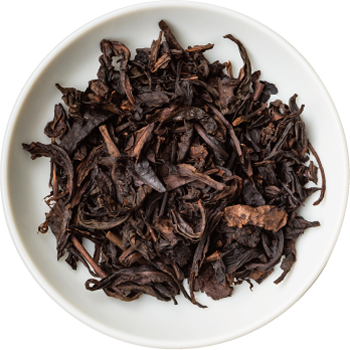
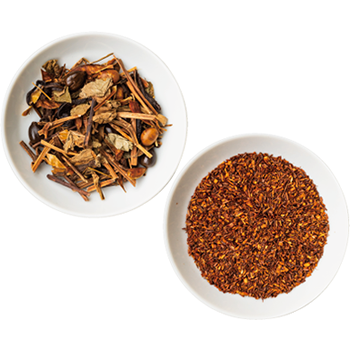
Healthy teas
“Healthy teas” are made from wild grasses, tree bark, medicinal herbs and tree parts, etc. They have been used to make medicinal teas since ancient times. A variety of plants and tree parts are used to make these teas made and sold under the OSK brand; some representative examples follow: leaf teas include Houttuynia cordata called “fish mint” or “chameleon plant” in English (dokudami), du zhong in Chinese and “Eucommia leaf” (Eucommia ulmoides, leaves from what is sometimes called in English the “gutta percha” or “Chinese rubber” tree) (tochuyo), and rooibos or redbush tea; fruit, seed, and nut teas include pearl barley, senna obtusifolia (habu) tea, and black soybean (kuromame) tea; root teas include turmeric (ukon) and Korean ginseng (korai-ninjin) tea; there is also Taheebo tea and tea made from bracket fungus, Ganoderma lucidum (reishi).
Green tea, Roasted rice tea
We also sell green tea (ryoku-cha) in different varieties. These include green tea of middle grade (sencha), deep-steamed green tea (fukamushi-sencha), high-quality green tea (gyokuro), mild green tea lightly screened from sunlight 1-3 weeks before picking (kabuse-cha), coarse tea (bancha also known as senryu), a tea similar to gunpowder tea (tamaryoku-cha also known as kettle-roasted tea (kamairi-cha)), bud tea (mecha), twig tea (kuki-cha also known as bocha), roasted green tea (hoji-cha), and powered green tea (matcha); when roasted (“scorched”) rice is blended with any of these teas, the result is roasted rice tea (genmai-cha). In recent years, catechin and other healthy components of green teas have been spotlighted in the mass media and health circles, and these have found many uses.
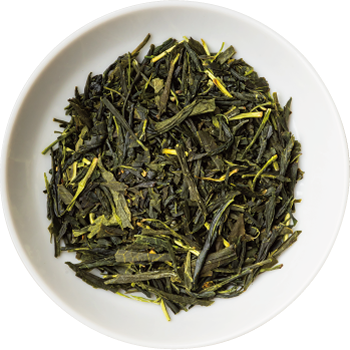
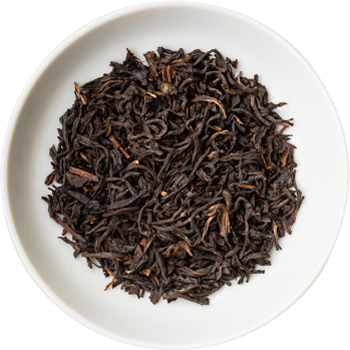
Black tea, or fermented tea
Black tea, or fermented tea (Kocha), oolong tea (semi-fermented tea), and green tea (non-fermented tea) are all made from the same family of evergreen flowering trees known as Theaceae; these teas are distinguished by their manner of production. Representative black teas include Assam, Keemun, and Darjeeling, while there are numerous other varieties as well. In addition to classic black teas, the OSK brand also includes black teas perfumed with fruit, including strawberry, apple, mango, and others.
Grains
Grains in the OSK brand include proso millet (kibi), foxtail millet (awa), barnyard millet (hie), buckwheat (soba), black rice (kurogome), red rice (akagome), soybeans (daizu), black soybeans (kuro daizu), red beans (azuki), mung beans (ryokuto), sesame (goma), amaranths, quinoa, etc.; compared with white rice, these are chock-full of vitamins, minerals, and fiber. As raw materials, we also use many of our own specially developed ingredients (coloring made from black rice and black soybeans, the rutin of buckwheat tartarian (dattan soba), and others). Grains have been recognized in recent years as standard foodstuffs for any healthy diet.
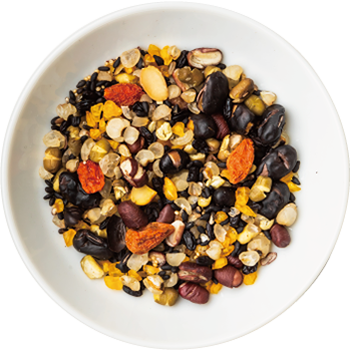
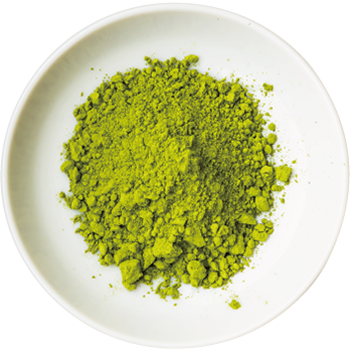
Healthy food
“Healthy foods” is a general term for all foodstuffs that have positive impacts on the daily lives of individuals. Thus, barley tea (mugi-cha), oolong tea, healthy teas, roasted rice tea (genmai-cha), and the grains described above are all healthy foods. We have also developed dietary fiber with Japanese green tea powder, approved as Food for Specified Health Uses (FOSHU).

